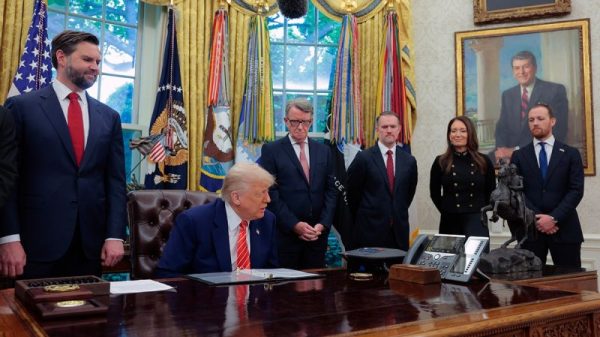The cockroach that emerged from your sink drain and scuttled under the fridge? The nocturnal critter was most likely a German cockroach, and its ancestors were pestering people more than 2,000 years ago in southern Asia, a new study found.
The research, published May 20 in the journal Proceedings of the National Academy of Sciences, showed that the insects’ journey from scavenging in ancient Asian civilizations to getting cozy beneath your kitchen floor closely aligns with major historical shifts in global commerce, colonization and war.
German cockroaches, scientifically known as Blattella germanica, are ubiquitous in cities in the United States and around the world. The hardy pests first appeared in scientific records from 250 years ago in Europe, hence the German moniker, but little is known about their origin.
To figure out how cockroaches got there and spread to other parts of the world, first study author Dr. Qian Tang and his collaborators asked scientists and pest control experts around the globe for local specimens. The research team received 281 German cockroach samples from 57 sites in 17 countries and studied their DNA to trace their evolution.
“Our main purpose was to show how a species can travel with humans and how genetics can make up the missing part of historical records,” said Tang, an evolutionary biologist who is now a postdoctoral research associate at Harvard University.
Using genomic data from the samples, Tang was surprised to learn that the modern cockroach’s lineage goes back much further than 18th century Europe. The insect evolved from the wild Asian cockroach, scientifically known as Blattella asahinai, 2,100 years ago, according to his research.
Cockroaches and trade routes
Around that time, Tang and his colleagues speculate, people in what is now India or Myanmar began planting crops in the Asian roach’s natural habitat. The insects adapted — shifting their diets to include human food — and then shifted their territory into human households.
A millennium later, as trade and military activity grew between southern Asia and the Middle East and later Europe, domesticated cockroaches spread westward, probably hitching rides in soldiers’ and travelers’ lunch baskets. The study team’s genetic analysis puts the insects’ first entry into Europe around 270 years ago. That estimate comes close to when famed Swedish geneticist Carl Linnaeus first described them in 1776, about a decade after the Seven Years’ War raged across Asia, Europe and North America. The cockroaches then made it from Europe to the Americas about 120 years ago, the study found.
“Insects are part of the fabric of human culture,” said Dr. Jessica Ware, curator of invertebrate zoology at the American Museum of Natural History in New York City, who was not involved in the research. “For the longest time, we’ve kind of known that people are moving around a lot of pest species. And we know that transatlantic trade routes probably were the culprit for the spread of German cockroaches. But to actually see this reflected in the genetic signature of these populations, that was very exciting.”
Humans have been making them at home ever since, she said. “The things that have allowed humans to thrive — indoor plumbing, indoor heating — are things that have also allowed cockroaches to thrive,” Ware said. “By creating sewers underneath our cities, we couldn’t have provided a better buffet.”
Next, Tang wants to sequence the full genomes of his hundreds of specimens to learn how German cockroaches have adapted so successfully to the human environment. “For example, the German cockroach has insecticide resistance that is not detected in many other pests,” he said. “How can they evolve so fast? Is it something that’s already in their genes, but has become revealed because of anthropogenic pressures?”
The insects also demonstrate social behaviors, communicating with one another about where to find food. Tang wants to find out if this ability, too, is a survival trait for which roaches have humans to thank.
Amanda Schupak is a science and health journalist in New York City.







































